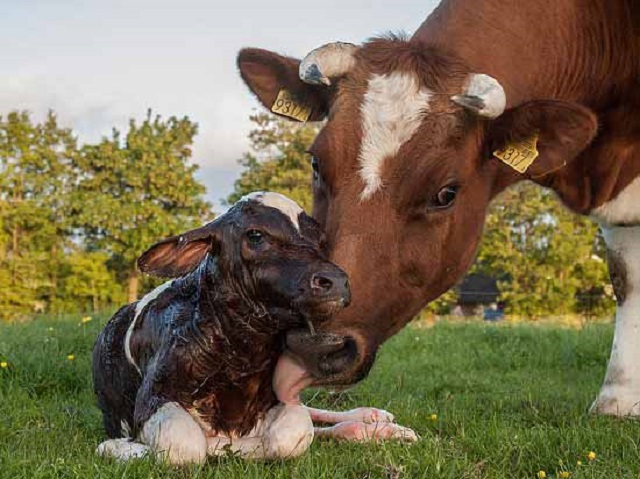
The Sunday News

Mhlupheki Dube
THE calving season for most farmers is here. Animals have begun to drop calves and there is no pleasant time for a livestock farmer than the calving season.
Calves born do not only impact on the organic growth of the farmer’s herd but also define the income the farmer would get that year. It is from the born calves which are eventually weaned after seven months or so that a farmer can decide the number of animals he/ she can sell. Ideally a farmer should not sell more animals than the number of calves born during that year unless if there is a specific replacement policy or procedure.
If more animals are sold than calves which are born the herd will experience a negative growth. While a calving season is a joyous period for a farmer it can also be stressful, especially when it happens deep into the dry season. This is because this is the time when your animals, especially lactating cows, are under a lot of nutritional stress.
A cow’s nutritional demand is usually highest a few months soon after calving because this is the period when it will be at peak lactation. Ideally it is a good management practice to control the breeding season within your herd such that your cows calve down during the period when there is abundant grass within the veld.
However, this is not easy to implement among the communal smallholder livestock farmers because the cows are always running with bulls. Again due to the repeated cycles of abundant feed during summer and the periods of severe veld depreciation during the dry season cows have since gotten tuned to seasonal breeders.
The cows have become seasonal breeders effectively shutting the ovarian processes during the dry season and only beginning to cycle when the plane of nutrition begin to rise again after the first rains.
However, even with farmers who have facilities and capacity to choose and determine the calving season, the choice is not always easy. While having cows calve during summer when there is plenty of green grass is attractive and less strenuous in terms of nutrition care to the dam it is the disease prevalence during this period which becomes a nightmare for farmers.
This is the time when there is a huge load of pathogens in the environment because of the conducive conditions and you then have troublesome diseases such as scours in your calves. Some farmers experience calf mortalities due to scours and there is nothing more painful to a livestock farmer than losing a calf.
Therefore, the nutritional abundance of summer calving is cancelled by the disease challenges that come with the period. In that regard some farmers actually prefer cows to calve during the earlier periods of the dry season such as August and September. Their argument is that it is easier to supplement a lactating cow that to nurse a sick calf.
There are almost no incidences of calf scours during the dry season. It is therefore, important to share a few tips on managing a cow that calves down during the dry season. Almost all the management aspects for such a cow is aimed at addressing the nutritional challenge and influencing the subsequent conception. First and foremost it is important to manage the body condition of the cow during the last trimester of pregnancy so that it does not lose condition drastically after calving.
A mineral supplement should be provided during this period to be sure cows have had adequate mineral and nutritional needs met so that she has the best ability to pass along the antibodies that the calf needs to be the healthiest calf it can be.
If cows have had optimum nutrition and mineral during their last trimester and meet the body condition score of four or better, they will set their calf up for better immunity against diseases.
Another aspect which I consider important in managing cows during the calving season is monitoring those cows which are due for calving. While the textbook will talk about making sure the cow calves in a clean and warm environment I find this inapplicable for most smallholder farmers as there is no defined calving pen for their cows. In fact, most farmers will know or begin to suspect that a cow has calved down when it does not come back for night kraaling!
In other words there is no deliberate effort which is made to monitor or supervise calving in terms of place and process. This is what makes communal smallholder livestock farmers have high calf mortality rates due to neglect at the critical times.
A dystocia case will go unnoticed for several hours and by the time help is rendered it could be already late. In areas which have predators if the cow and its new-born calf are not penned for the night the calf could be lost to predators. Also because the cow calved in the bush some important observations such as colostrum intake cannot be undertaken and when the cow is found after three or so days it could be late to provide nursing help to the calf.
It is therefore, of paramount importance for farmers to monitor cows that are due for delivery and monitor the calving process and the immediate post calving period so as to render appropriate help.
Uyabonga umntakaMaKhumalo.
Feedback [email protected]/ cell 0772851275.



